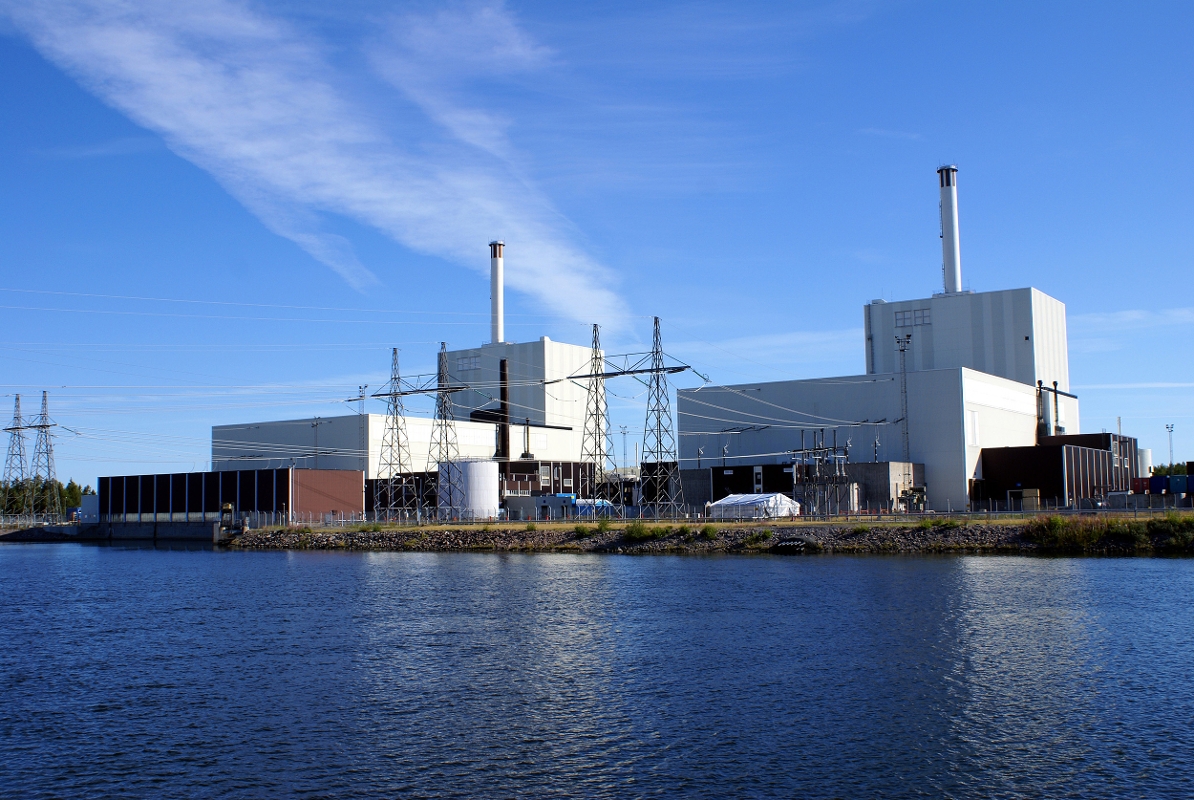Forsmark
Facts

Ongoing investments at Forsmark are aimed at extending the life of the reactors and enhancing generation capacity. These safety and modernisation measures are intended to ensure that the existing reactors at Forsmark can continue to generate electricity for at least 60 years into the 2040s.
Environmental certificate
In 2001, Forsmark became the first nuclear power plant in the world to supply EPD-certified electricity. EPD stands for 'Environmental Product Declaration' and is a life-cycle analysis of the environmental impact of an energy source such as nuclear power. The EPD describes the environmental impact of every single kilowatt hour of electricity produced at Vattenfall's nuclear power plants in Forsmark and Ringhals.
Storage site for radioactive waste
In 1983, the Swedish nuclear fuel and waste management company SKB started to build a geological repository for low to intermediate level radioactive waste (SFR - Swedish: Slutförvar För Radioaktivt avfall) 50 metres underground. SFR is the world's first repository for such radioactive waste and has been in operation since 1988. It is an important facility for the final storage of this type of waste.
After many years of research, SKB decided in 2009 that Forsmark was the most suitable site for a deep geological repository for spent high-level radioactive waste such as used nuclear fuel elements. In 2022, the Swedish government approved the plans for a repository for this type of waste, and in 2024, the Land and Environmental Court also approved SKB's application. In January 2025, work began at the site in Forsmark. The repository is expected to be ready to receive the first spent fuel in the 2030s.

